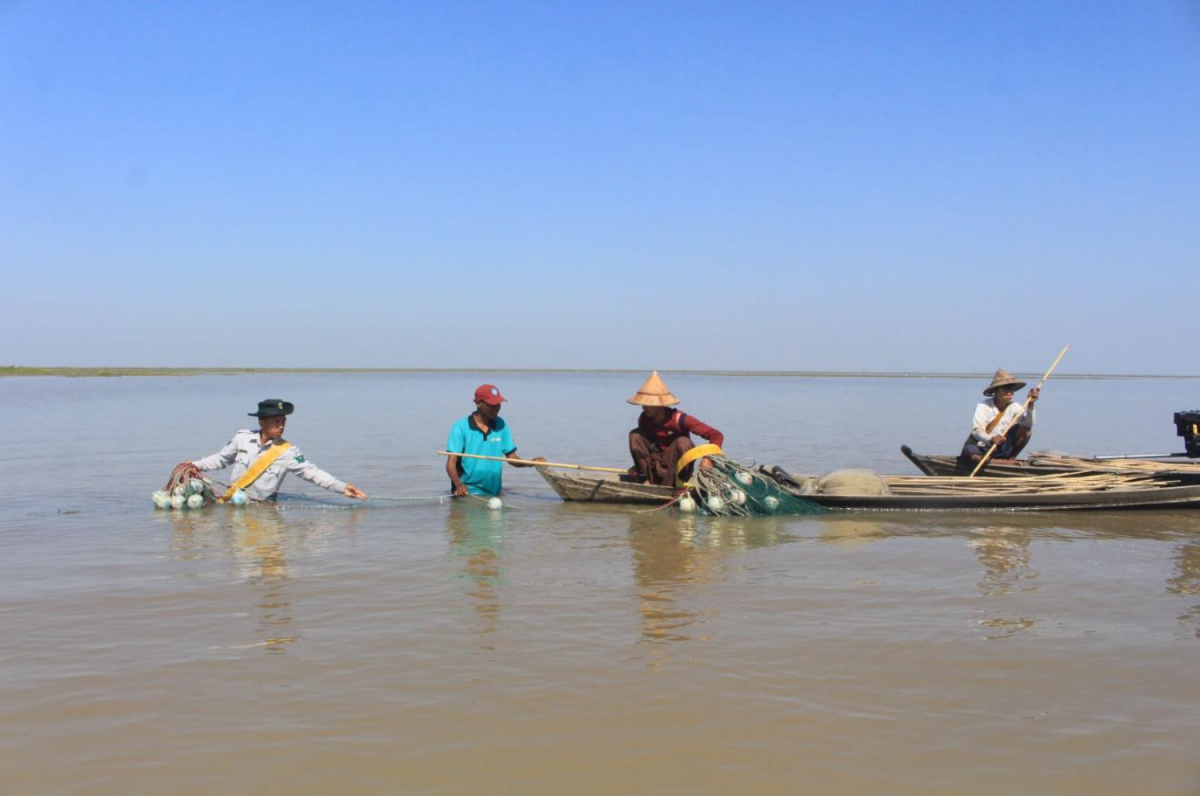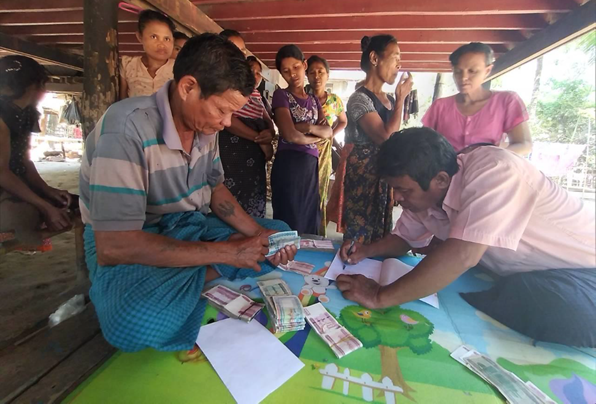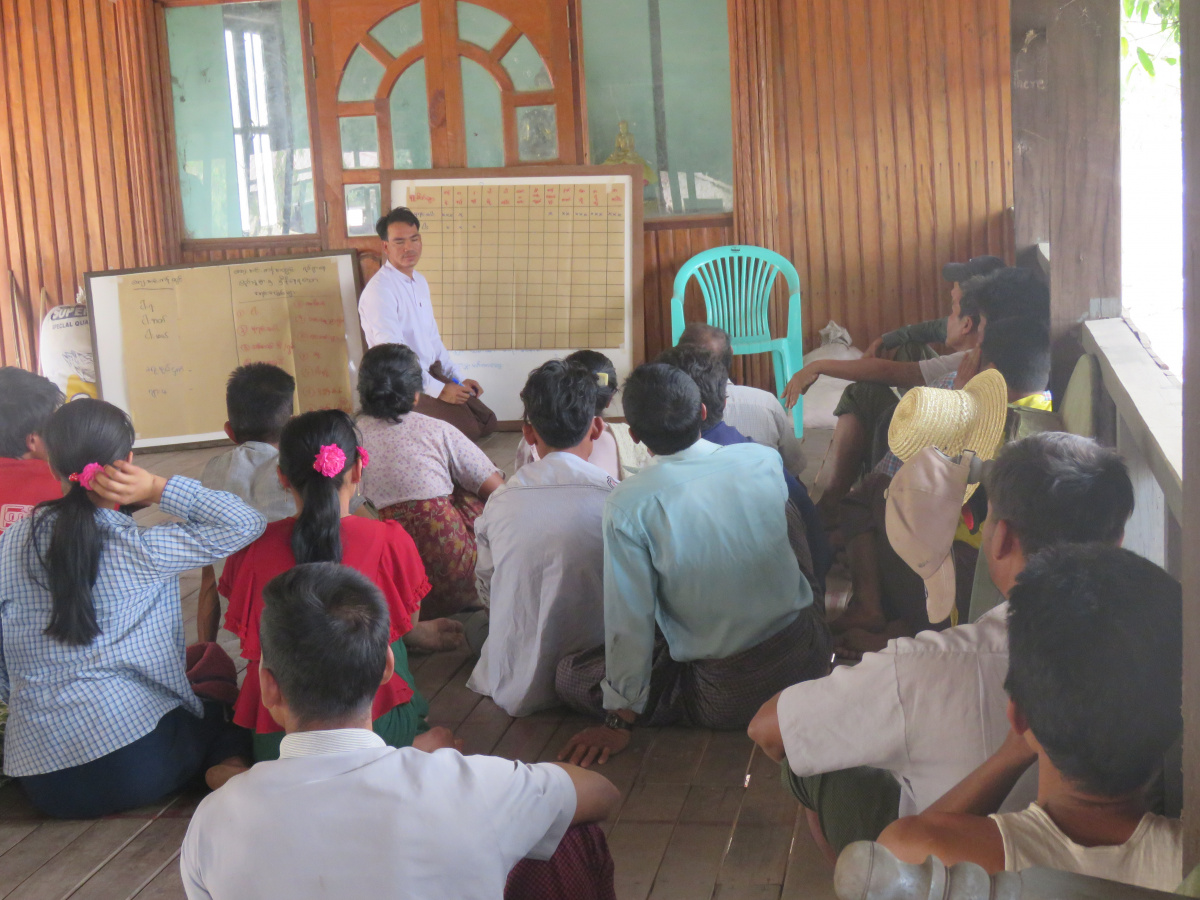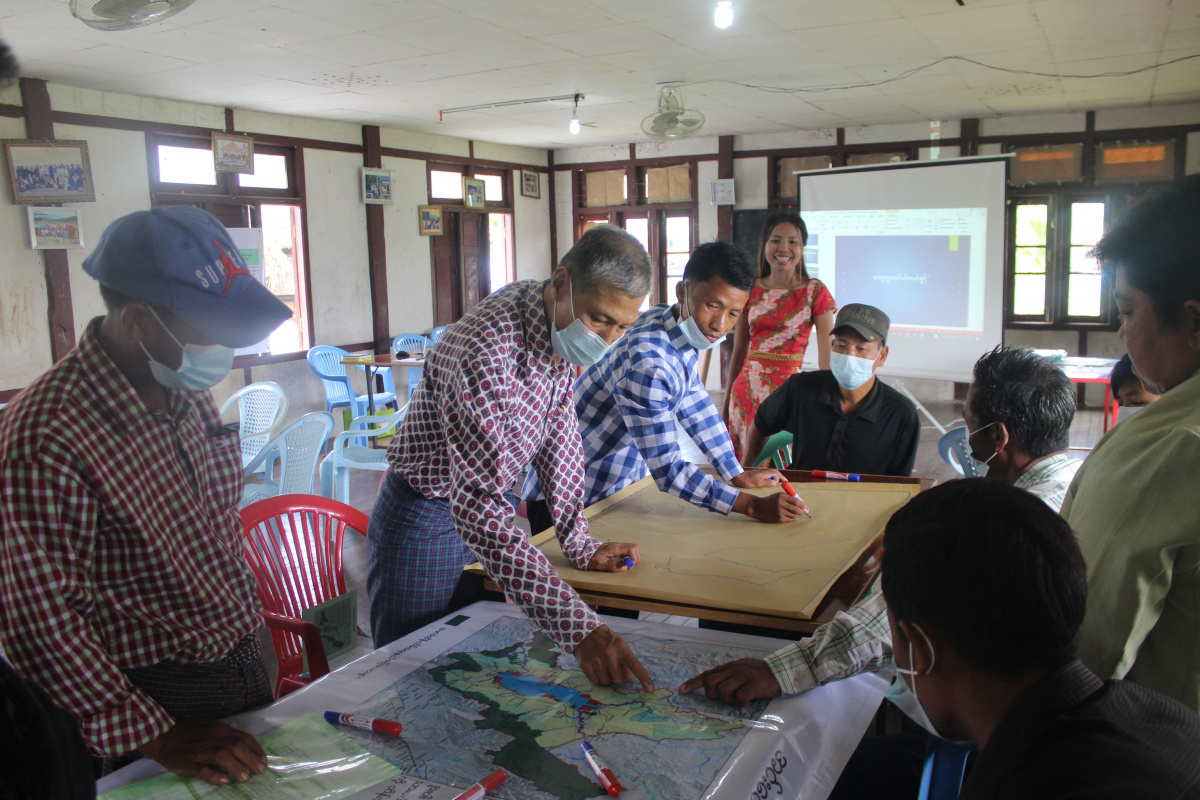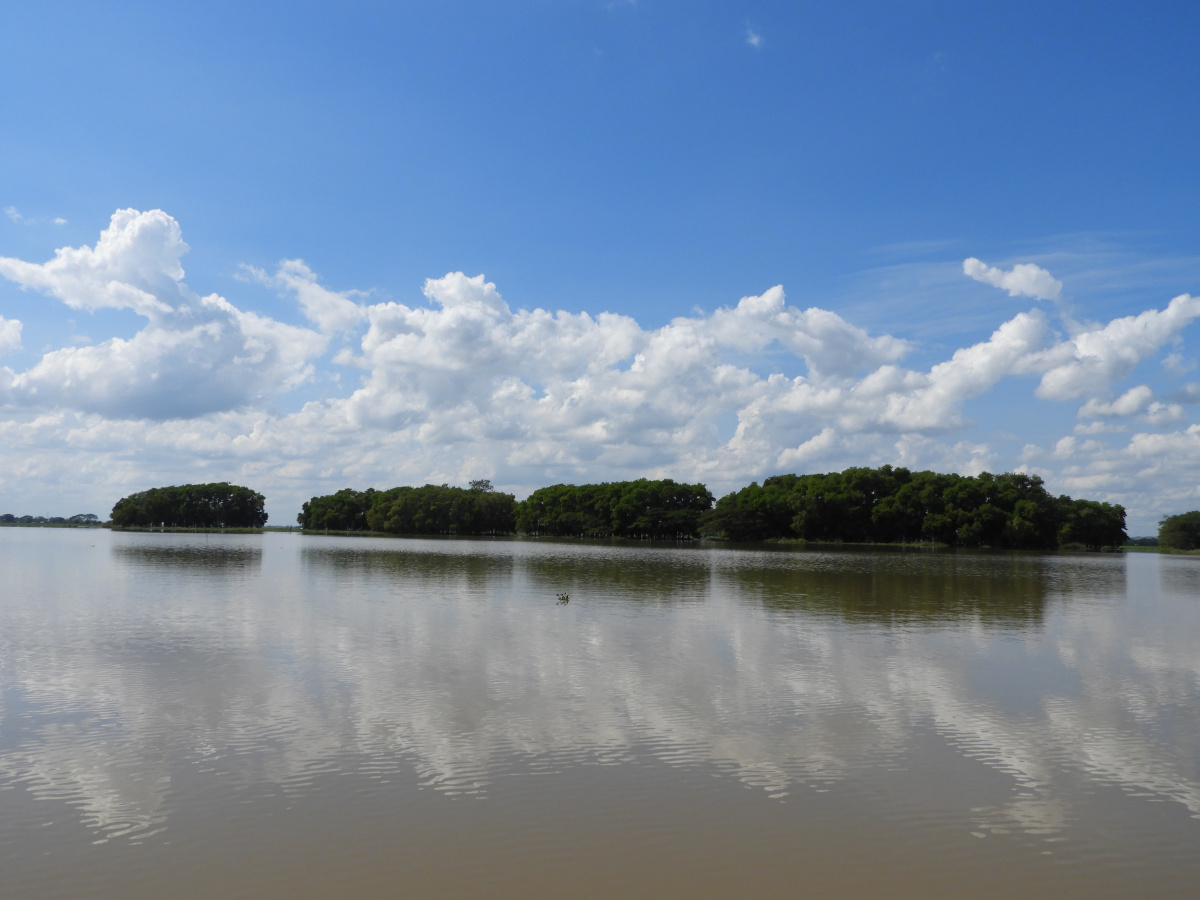Demonstrating Wise-Use activities at Moeyungyi Ramsar Site, Myanmar
Moeyungyi Wetland Wildlife Sanctuary (MWWS) was designated as the first Ramsar site of Myanmar in 2004. The site covers an area of 10,359 hectares and is located in the Bago Region (17°32’57” N, 96°36’58” E) some 114km from Yangon City in southeast Myanmar. The site shares three administrative townships, namely Bago, Waw, and Daik-U.
The site supports a diversity of wetland animal species and habitats including globally threatened species such as Baer’s Pochard (Aythaya baeri), Sarus crane (Grus antigone), and greater spotted eagle (Aquila clanga), as well as >1% of the regional population of Northern pintail (Anas acuta). It is also important for supporting the vulnerable Burmese eyed turtle (Morenia ocellate). Each year, the site hosts more than 20,000 migratory waterbirds between October and March.
The site provides a range of important ecosystem services including the provision of water for downstream irrigated agriculture (rice farming), fishing, shellfish, and frog harvesting, duck-rearing, cattle and buffalo grazing, flood control, tourism, recreation, religious worship, and fibre production. More than 9,000 households around MWWS depend on the site for their livelihoods, with over 60% of the community involved in fishing-related activities. Due to limited awareness on the principles of wise use, and the unsustainable harvesting of natural resources, the site is degrading.
The Norway-Myanmar bilateral project “Conservation of Biodiversity and Improved-Management of Protected Areas in Myanmar” has included Moeyungyi Ramsar Site as one of the project areas. Phase I of the project supported the preparation of site management plan at MWWS including the demarcation of Core Zones, Transition Zones and Wise Use Zones to enhance conservation activities and introduce wise use principles to local resource users. The demonstration of wise use activities was initiated in November 2019, as a key activity of Phase II of the project.
The project introduced sustainable fishing practices to local users and explored key challenges and obstacles for local fishermen to implement such practices. One of the main challenges for local fishermen is the high investment cost to purchase standard fishing nets with a mesh size greater than one inch. The park authorities agreed to provide a revolving fund for local fishermen to buy standard fishing nets in exchange for fishermen fishing only in the transition and wise-use zones at the site. The fund is managed by a local steering committee formed by village leaders and fishermen. In return, the fishermen report to park authorities when they encounter fishing activities using prohibited fishing gear or fishing outside the designated zones.
The initial investment from the project was about 4,000 USD (1,000 USD per village), which is enough to distribute standard fishing nets to 20 fishermen in each village. The fishermen have to repay the funds to the committee in monthly installments. The committees receive the funds and redistribute it to other fishermen in the village. Using this revolving fund model, the committee in the first pilot village has already distributed standard fishing nets to 19 additional fishermen.
Apart from using the standard fishing nets in the designated area, local fishermen also contributed to wetland conservation and the monitoring of illegal activities within the site. As of June 2020, a total of 196 illegal incidents have been observed by park rangers; most of which were reported by local fishermen. The continuous support from local fishermen indicates the increasing trust between park rangers and local fishermen, which is important for conservation and sustainable use of wetlands and related ecosystem services. Following the success story from Moeyungyi Wetland Wildlife Sanctuary, the project will extend the wise-use demonstration activities to other Ramsar sites in Myanmar.
